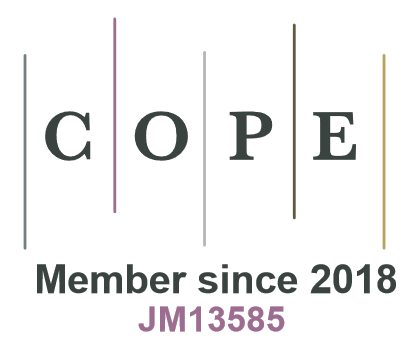Select issue
Silva Fennica 1926-1997
1990-1997
1980-1989
1970-1979
1960-1969
1950-1959
1940-1949
1926-1939
Acta Forestalia Fennica
1992-1999
1984-1991
1974-1983
1968-1973
1953-1968
1933-1952
1913-1932
Articles containing the keyword 'A2 climate scenario'
Category : Research article
article id 455,
category
Research article
(2010).
Model computations on the climate change effects on snow cover, soil moisture and soil frost in the boreal conditions over Finland.
Silva Fennica
vol.
44
no.
2
article id 455.
https://doi.org/10.14214/sf.455
Keywords:
climate change;
soil frost;
precipitation;
temperature;
A2 climate scenario;
snow accumulation;
soil carrying capacity;
soil moisture
Abstract |
View details
|
Full text in PDF |
Author Info
This study considered how climate change affects the accumulation of snow, the soil moisture and soil frost at sites without tree cover in boreal conditions in Finland (60°–70°N). An increase of 4.5 °C in annual mean temperature and 20 % in annual precipitation were assumed for Finland by the year 2100 according to A2 emission scenario. Along with climate, the soil type of the permanent inventory plots of the Finnish National Forest Inventory was used. Soil and climate data were combined by using a process-based ecosystem model. Calculations were done for four periods: current climate (1971–2000), near future (2001–2020), mid-term future (2021–2050) and long-term future (2071–2100). According to our simulations, the average monthly duration and depth of snow decreased over the simulation period. However, the increasing precipitation may locally increase the snow depths in the mid-term calculations. In the autumn and winter, the average volumetric soil moisture content slightly increased in southern Finland during the near future, but decreased towards the end of the century, but still remained on a higher level than presently. In northern Finland, the soil moisture in the autumn and winter increased by the end of this century. In the summertime soil moisture decreased slightly regardless of the region. Throughout Finland, the length and the depth of soil frost decreased by the end of the century. In the south, the reduction in the depth was largest in the autumn and spring, while in the mid-winter it remained relatively deep in the middle of the century. In the north, the depth tended to increase during the first two calculation periods, in some areas, even during the third calculation period (2071–2100) due to reduced insulation effects of snow during cold spells. The wintertime increase in soil moisture and reduced soil frost may be reflected to reduced carrying capacity of soil for timber harvesting.
Click this link to register to Silva Fennica.
If you are a registered user, log in to save your selected articles for later access.
Your selected articles


